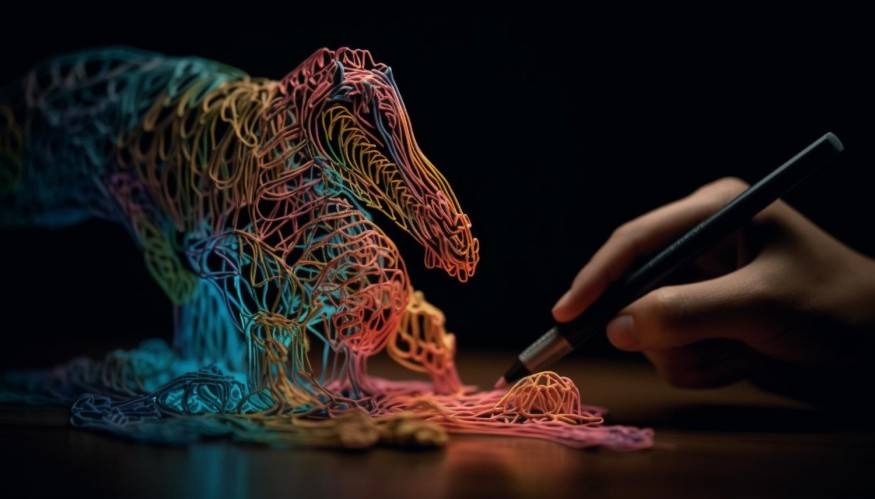
The age of AI has fired up a sea change across industries; none is exempt from it, not even the design and creative industries. Traditionally, through human creativity and intuition, this industry is seeing a paradigm shift as new AI technologies open their ways to ideate, create, and distribute content. In this post, we'll discuss the impact of AI and a perfect example of an AI video generator app that is conquering the design and creative world.
The Role of AI in the Creative Industry Is Complex
It disrupts traditional processes and defines new possibilities. For example, generative AI has become a real game-changer in creating completely original pieces of art, music, and even scripts. These systems are not replacing human artists but increasing creativity, learning, adapting, and exploring new boundaries of innovation.
One of the most significant effects may be that AI raises creativity in people. By reading through rich libraries of design elements, styles, and trends, AI algorithms prove to be very good colleagues for a designer; they can provide suggestions and ideas which otherwise would have not occurred to them. It allows designers to try out new concepts and really stretch creativity.
The Ethical and Economic Implications
The proliferation of creative AI tools has made questions of ethics, regulation, and guardrails very urgent. The potential benefits of generative AI, such as creativity augmented and productivity gains, will have to be weighed against the pitfalls: data privacy, copyright infringement, inaccuracy, etc.
Economically, AI will create new jobs in totally new fields despite fears of obsolescence.
The World Economic Forum suggests that AI is not going to take over the existing ones but create others, and instead of taking over, it will serve as the driving force for the economy and society. However, ever since AI took over, news has been looming about people losing their jobs more and more due to the advancement, an act that deepens the prospects of AI taking over us in the future.
Wondershare Virbo — A Prime Example
Another stellar example of the influence AI has had on creative industries is Wondershare Virbo. It is an AI video generator, really showing how this blend between AI and human creativity works out. One can see that it transforms text into exciting videos in all situations, from introducing products and technical presentations to employee onboard experience videos and dynamic social media content.
The strength of Virbo lies in the generation of voiceovers in several languages and styles, not without an extended library for backgrounds, music, text, or stickers to aid in customizations. It aids creators in bringing their ideas to life with AI Voice Avatar Technology and customization tools that grant professionals an alternate on-camera appearance that oozes privacy and professionalism.
It is for this very reason that this tool provides a number of features to its users in order to generate AI avatar videos on any topic that they like without spending any particular effort on it. These include the following:
- 4K Realistic Digital Human
- Voice Clone
- Ai Video Translator
- Ai Script Generator
- Get Access To 400 Free Templates
The Future of AI in Design and Creativity
Looking back into the future, how far will AI go in continuing its pivotal role in the design and creative industry? The technology shall only evolve, offering more sophisticated tools that blur the lines between AI-generated and human-made content. As creatives look to harness such tools effectively, it becomes very difficult to balance AI with the irreplaceable value of human touch in the creative process.
Final Words
AI is at work not only in changing design and the creative industry but also revolutionizing it.
By augmenting human creativity, redefining the process of creation, and opening new economic opportunities, AI sets the stage for a future where the only limit will be our imagination.
As we open ourselves to this new world, no doubt instruments like Wondershare Virbo will turn out to be very critical components in molding the landscape of creative content creation. Now the question is: How will this very powerful technology be used to help augment the work of creatives and take things to new levels?
© 2025 ScienceTimes.com All rights reserved. Do not reproduce without permission. The window to the world of Science Times.










